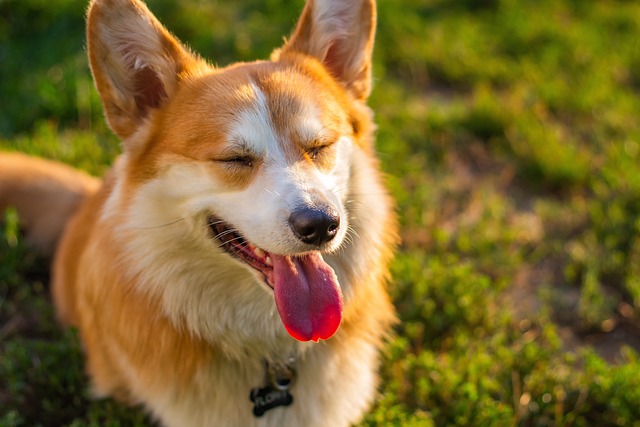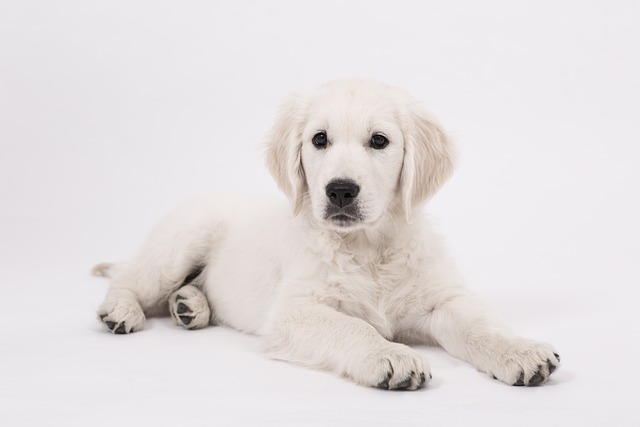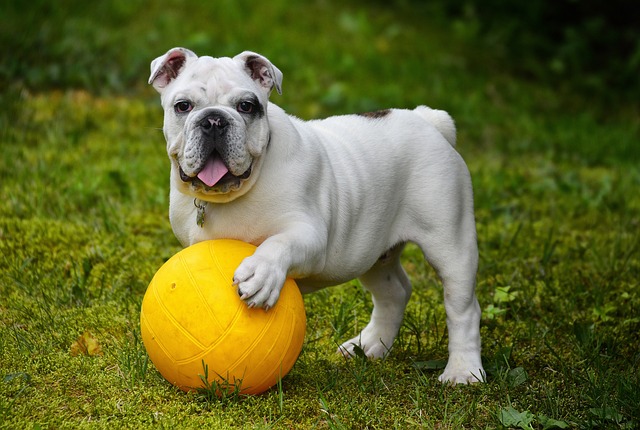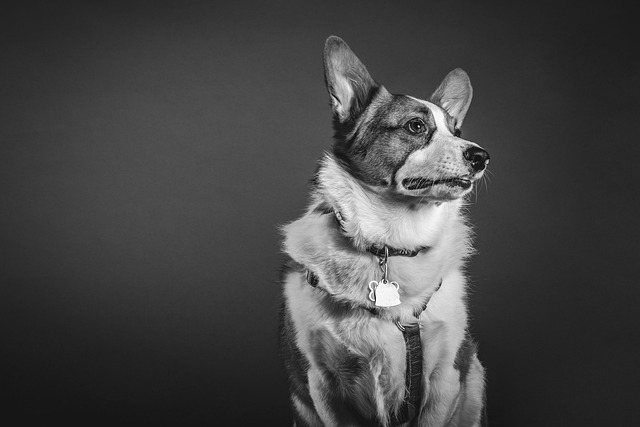
What is considered drinking a lot of water for a dog
Imagine you’re in your Phoenix apartment, refilling your 1-year-old Corgi mix’s water bowl for the third time before 2 p.m.—the Arizona sun is streaming through the window
There’s nothing quite like the sight of a Golden Retriever with a lustrous, flowing coat bounding across a grassy field. That iconic golden mane isn’t just for show—it’s a trademark of the breed. But keeping that coat in top condition takes more than just a quick brush now and then. Understanding the right care routine, while staying compliant with local pet care standards, ensures your Golden’s coat remains as stunning as their personality.
Regular brushing is the foundation of coat maintenance. Golden Retrievers have a thick, double - coat that sheds year - round, with heavier shedding seasons. A slicker brush or a pin brush works wonders, gently removing loose fur and preventing mats from forming. Brushing at least three times a week helps distribute natural oils, giving the coat that healthy shine. In many communities, proper grooming isn’t just about aesthetics—neglecting a dog’s coat to the point of severe matting can be considered animal neglect under local laws.
Bathing is important, but overdoing it can backfire. Golden Retrievers only need a bath every 6 - 8 weeks, or when they get into something messy. Use a mild, dog - specific shampoo that won’t strip away essential oils. In some areas, there are regulations regarding the use of chemicals in pet care products, so always choose shampoos with natural ingredients and clear labeling. After bathing, make sure to rinse thoroughly and dry your dog completely to avoid skin issues.
 Diet plays a crucial role in coat health. A balanced diet rich in omega - 3 and omega - 6 fatty acids, found in fish oil and high - quality dog food, promotes a soft, shiny coat. Lean proteins from sources like chicken, turkey, and fish also contribute to overall coat strength. Many pet food regulations in various regions require clear ingredient lists, helping you make informed choices. Avoid cheap, filler - heavy foods that can lead to dull, dry coats.
Diet plays a crucial role in coat health. A balanced diet rich in omega - 3 and omega - 6 fatty acids, found in fish oil and high - quality dog food, promotes a soft, shiny coat. Lean proteins from sources like chicken, turkey, and fish also contribute to overall coat strength. Many pet food regulations in various regions require clear ingredient lists, helping you make informed choices. Avoid cheap, filler - heavy foods that can lead to dull, dry coats.
Sun protection is often overlooked but essential. Golden Retrievers love spending time outdoors, but prolonged sun exposure can damage their coat and skin. In sunny areas, consider using pet - safe sunscreen on exposed parts like the nose and ears. Some local parks and pet - friendly beaches have guidelines about protecting pets from harsh weather conditions, and applying sunscreen is part of responsible pet ownership.
Regular trims around the paws, ears, and sanitary areas keep your Golden looking neat and prevent issues. While many pet owners prefer to take their dogs to professional groomers, if you choose to do it at home, be careful with sharp scissors. In some communities, there are licensing requirements for professional pet groomers, ensuring they meet safety and hygiene standards. Whether DIY or professional, proper trimming is key to maintaining a well - groomed appearance.
Dealing with seasonal shedding requires extra attention. During peak shedding times, increase brushing frequency and consider using a deshedding tool. Vacuuming your home regularly helps manage loose fur, but also be mindful of local noise ordinances if using noisy equipment. Some neighborhoods even have pet waste and fur disposal guidelines, making it important to clean up after your shedding Golden responsibly.
Maintaining a Golden Retriever’s coat is a labor of love that strengthens your bond. By investing time in brushing, choosing the right diet, and following local pet care norms, you’ll keep that beautiful coat turning heads for years. Every stroke of the brush and every healthy meal is a way of showing your furry friend how much you care.

Imagine you’re in your Phoenix apartment, refilling your 1-year-old Corgi mix’s water bowl for the third time before 2 p.m.—the Arizona sun is streaming through the window

You’ve just brought your new puppy home, and amidst the chaos of toys and training, you notice they’re either glued to their water bowl or ignoring it completely.

You're scrolling through Instagram, seeing pictures of happy, healthy dogs alongside captions praising their grain-free diet.

Imagine you’re standing in the pet section of a Florida grocery store, holding two bags of dog food: one labeled “grain-free” with a picture of a happy Husky

You walk into the living room and spot it: a kibble tucked behind the couch, another under the rug, and maybe even a piece of treats buried in your potted plant.

Imagine you’re pushing a cart down the pet aisle of a New York City grocery store, staring at a wall of dog nutritional supplements—glucosamine chews for joints